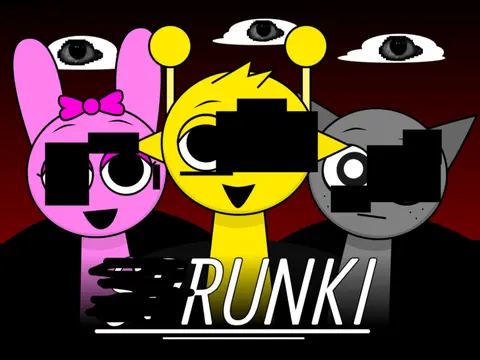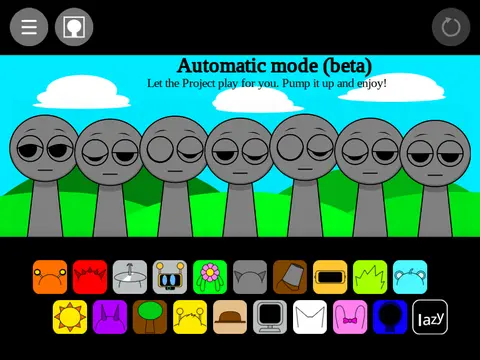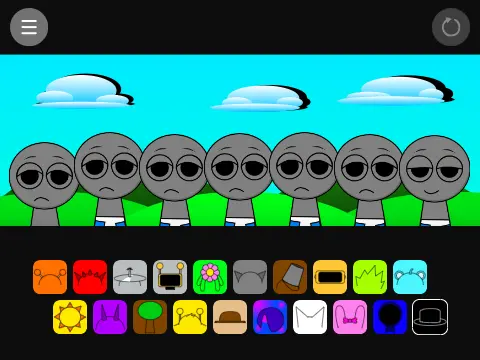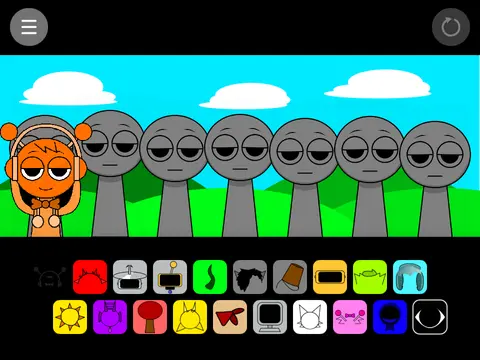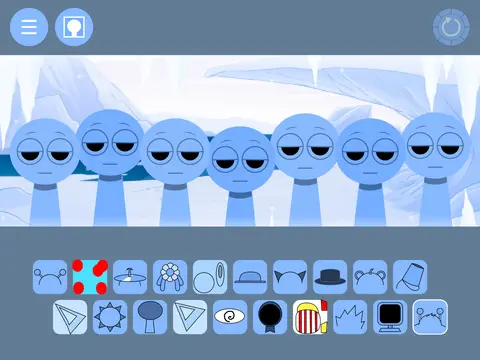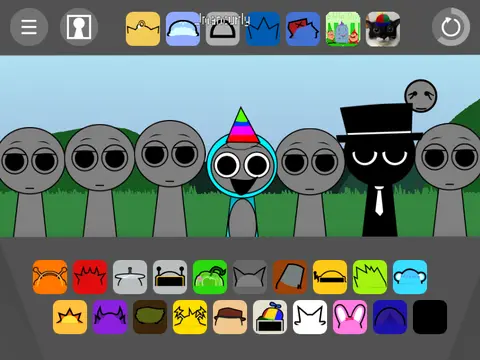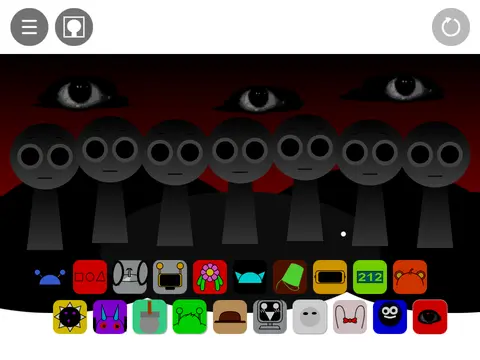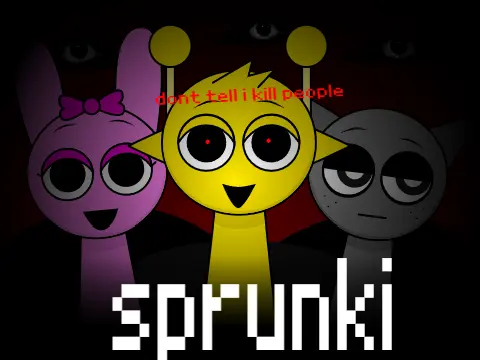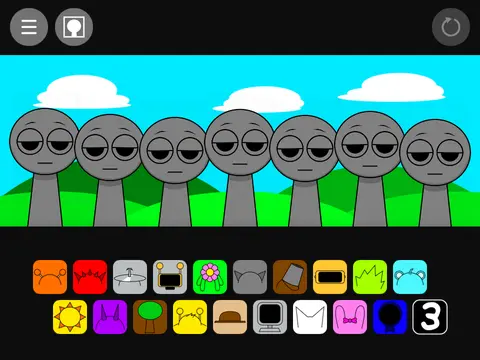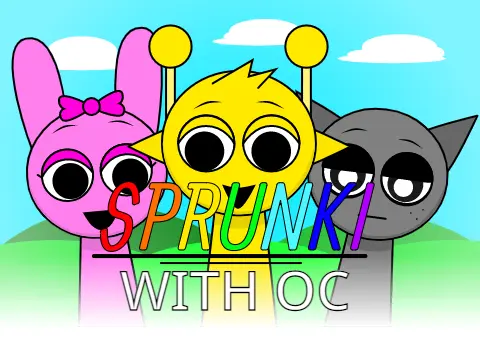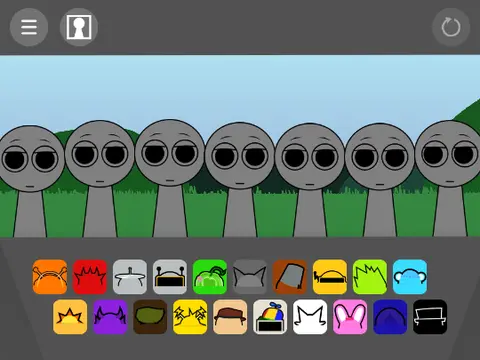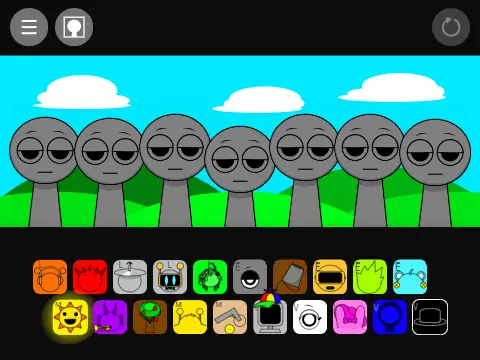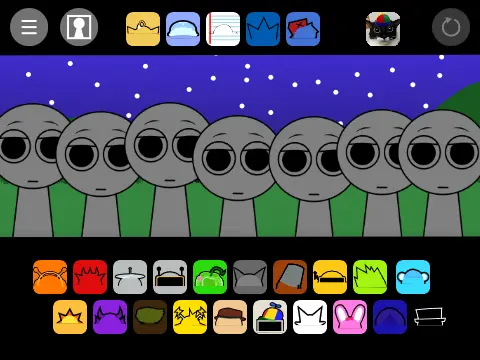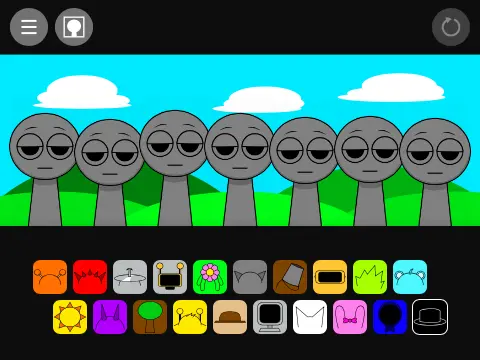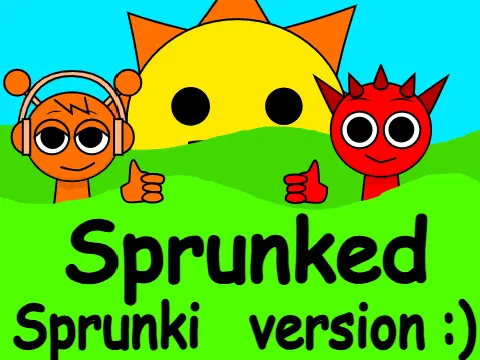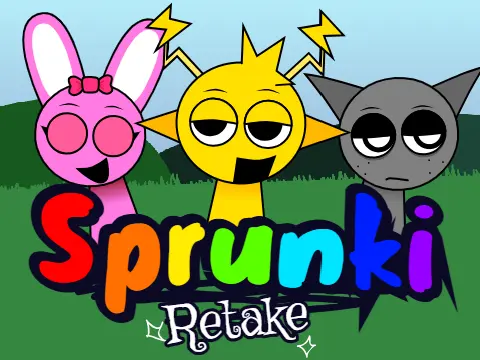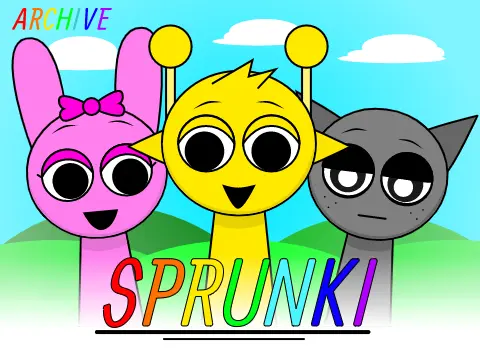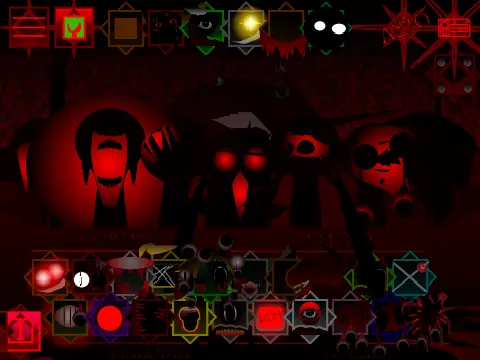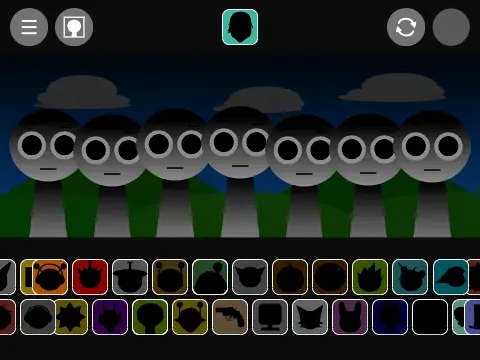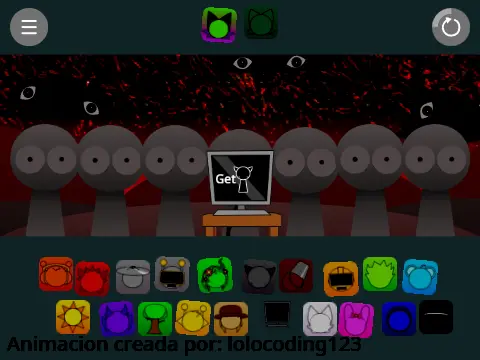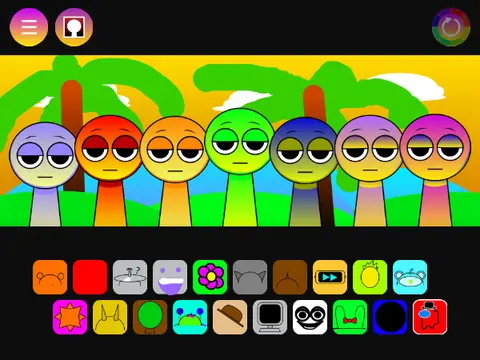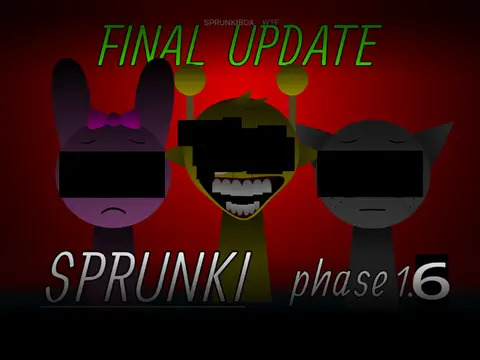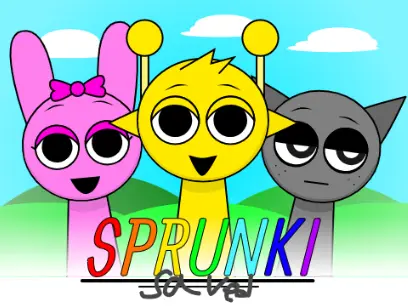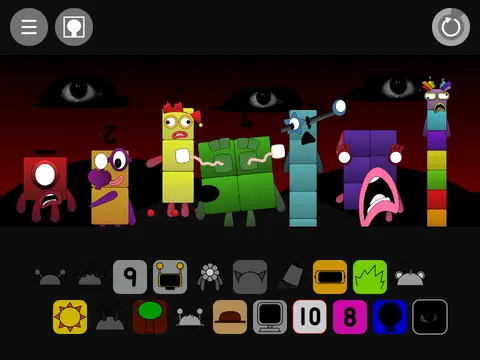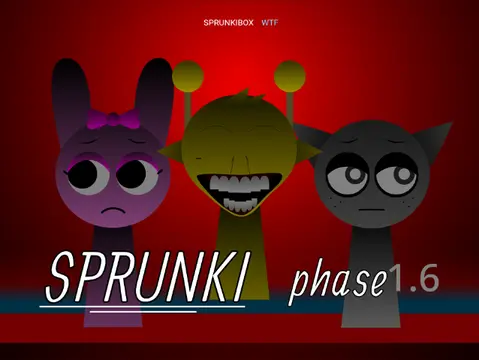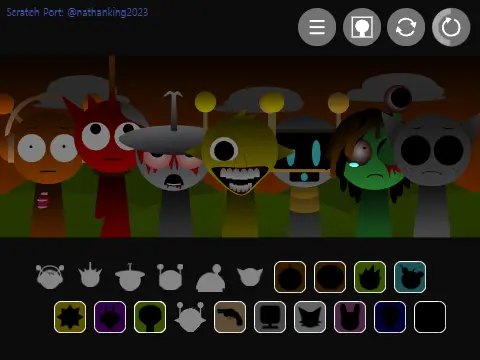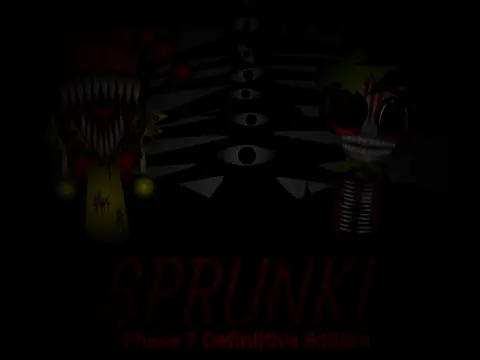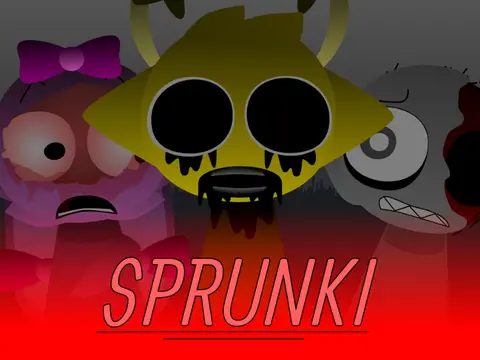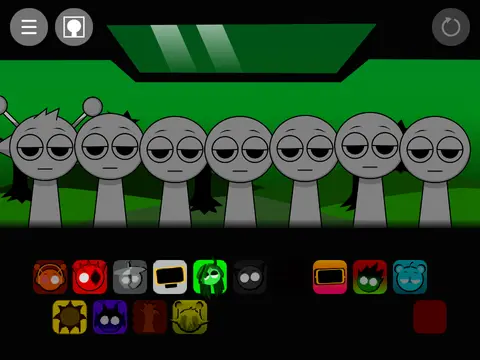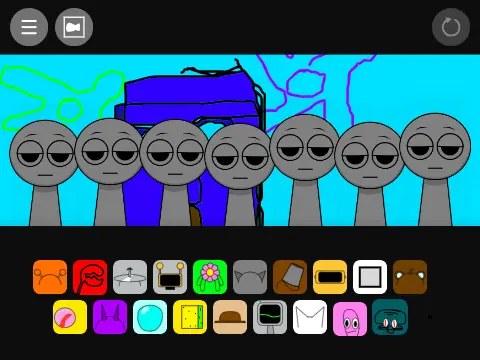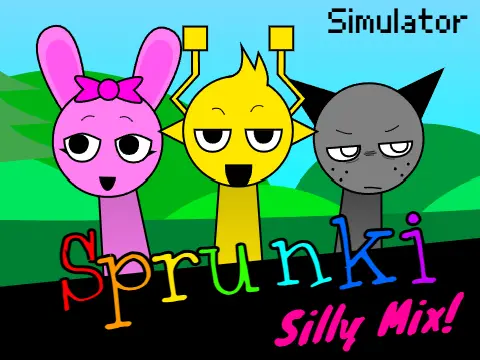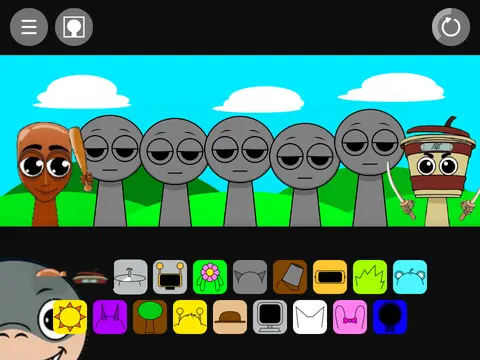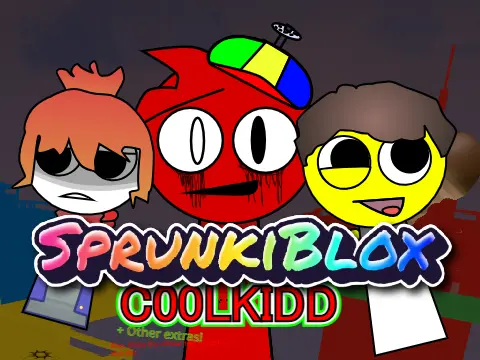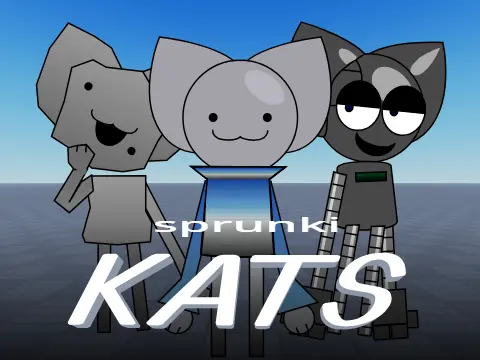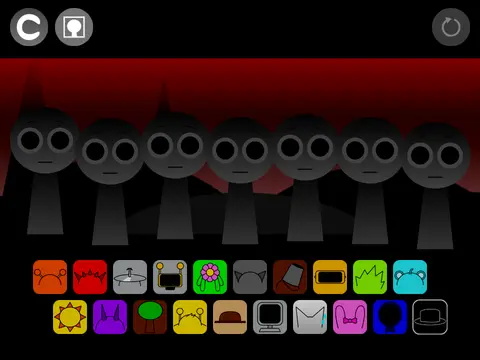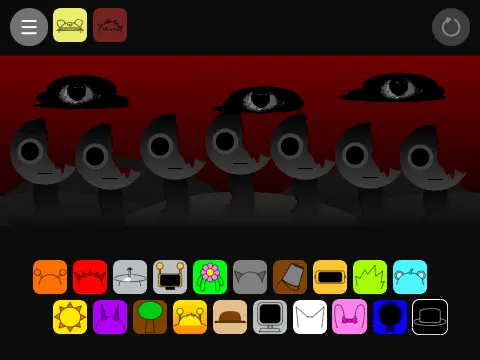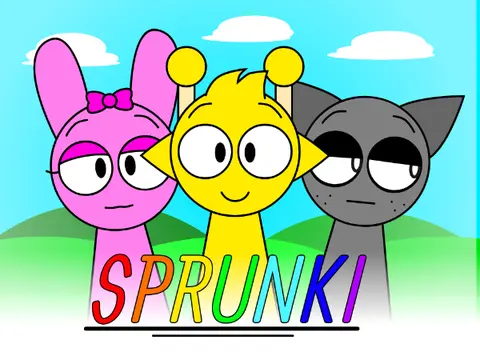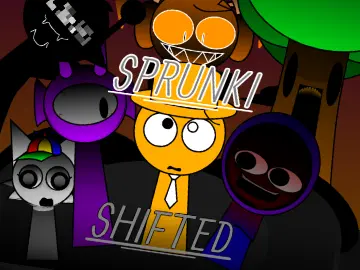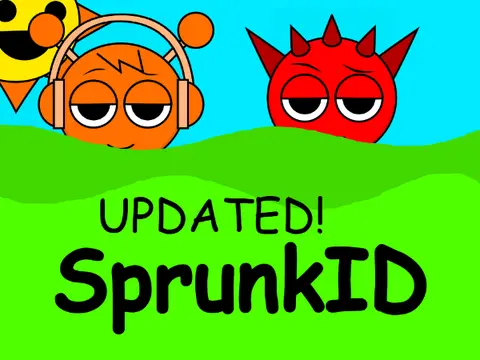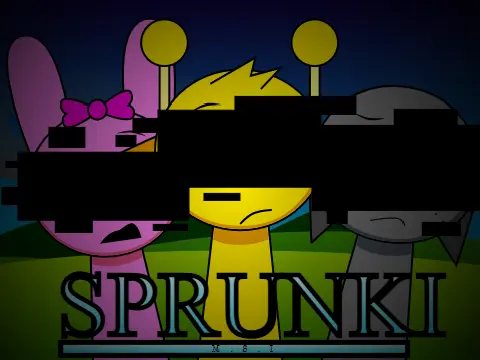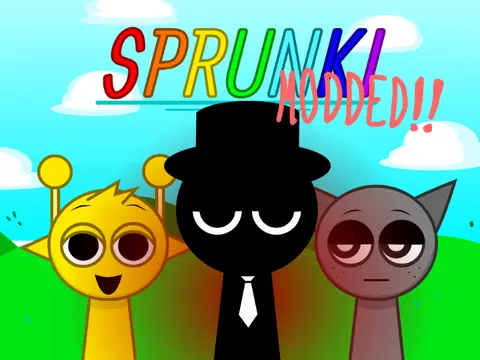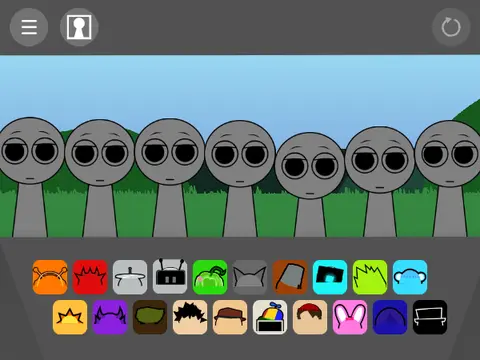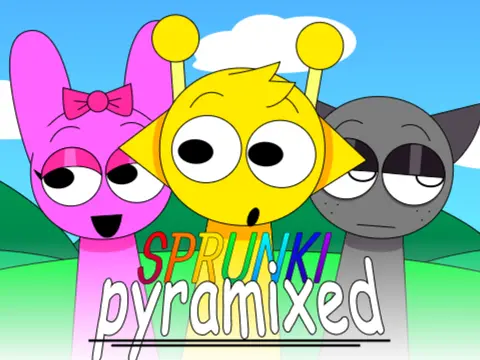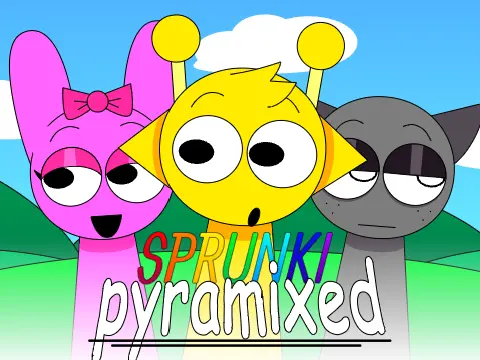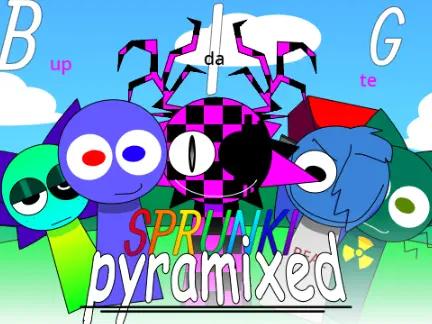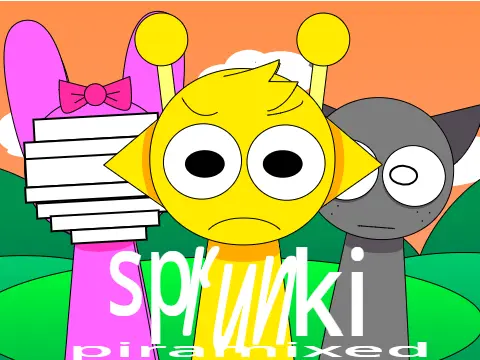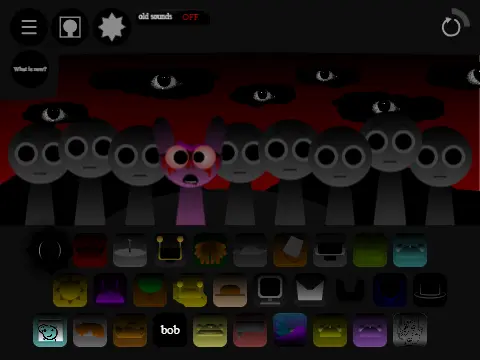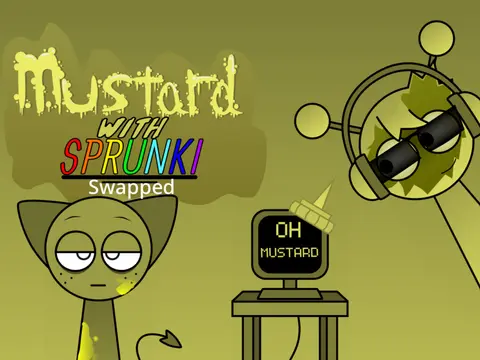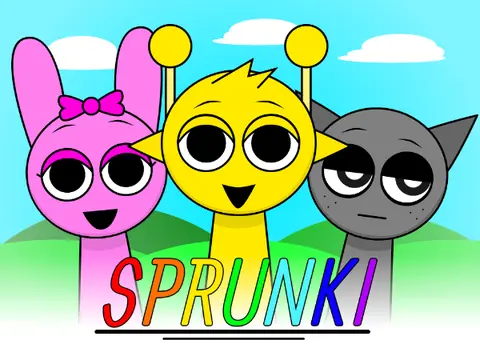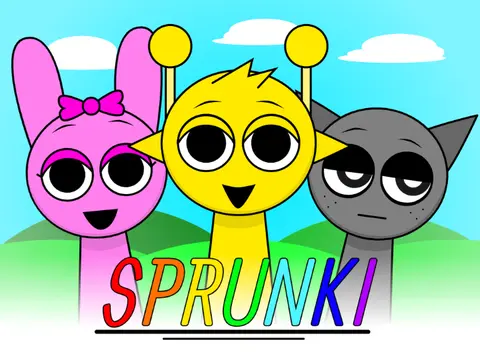sprunki phase 1.6
What is Sprunki Phase 1.6?
Sprunki Phase 1.6 represents a pivotal version in the evolution of the Sprunki game series, capturing the essence of the original concept while introducing refinements that would define the future direction of the franchise. This version maintains the charming simplicity of earlier iterations while addressing technical limitations and adding quality-of-life improvements that enhance the user experience without complicating the core gameplay.
Phase 1.6 is particularly significant because it established the visual and auditory language that would become synonymous with the Sprunki brand. The character designs, sound palette, and interface aesthetics developed in this version served as the foundation for all subsequent games in the series. Many fans consider this version the purest expression of the Sprunki concept, before additional features and complexities were introduced in later phases.
Technically, Phase 1.6 was groundbreaking for its time, utilizing emerging web technologies to deliver smooth audio mixing in browsers without requiring plugins. The game optimized resource usage to accommodate the limited bandwidth and processing power available when it was originally released, making it accessible to a wide audience regardless of their hardware capabilities.
How does Sprunki Phase 1.6 work?
Sprunki Phase 1.6 operates on an efficient audio engine that prioritizes responsiveness and compatibility. The game uses a straightforward system of audio sprites and Web Audio API nodes to manage sound playback. Each character is associated with an audio node that can be activated and controlled independently, allowing for seamless mixing of multiple sound elements.
The game's architecture follows a modular design where sound elements are organized into categories (beats, melodies, effects, voices) with each category containing several variations. When a player drags a sound onto a character, the game loads the corresponding audio file (if not already cached) and begins playback in a continuous loop synchronized to a master clock.
Unlike later versions that feature more sophisticated audio processing, Phase 1.6 uses simple volume mixing and basic equalization to ensure sounds work well together. The mixing algorithm focuses on preventing clipping and maintaining balance rather than applying complex audio effects or dynamic processing.
The visual system is similarly streamlined, using CSS animations and sprite-based character artwork rather than the more complex canvas or WebGL rendering employed in newer versions. This approach ensures compatibility with older devices while maintaining the charming visual style that defines the game.
How to play Sprunki Phase 1.6?
Playing Sprunki Phase 1.6 offers a pure, uncomplicated music mixing experience that focuses on experimentation and discovery. The interface presents players with four character slots and a selection of sound icons categorized by type. Gameplay involves dragging sounds onto characters and observing how different combinations work together musically.
New players should begin by establishing a rhythmic foundation with beat sounds, then layering melodic elements to create musical structure. Effects can be added for texture and variation, while voice elements provide personality and highlight specific musical phrases. The game encourages trial and error, with every combination producing musically coherent results.
Advanced techniques in Phase 1.6 involve understanding how different sound categories interact and learning which specific combinations produce particularly pleasing results. Players can develop their signature mixing style by favoring certain sound types or characteristic combinations.
The game includes basic controls for adjusting overall volume and muting individual characters, allowing players to focus on specific elements of their mix. Unlike later versions, Phase 1.6 does not include recording or sharing features, encouraging players to enjoy the creative process itself rather than focusing on producing shareable content.
For those interested in the historical aspects, playing Phase 1.6 provides insight into the origins of the music game genre and how browser-based games evolved technically and creatively. The simplicity of the interface and mechanics makes it an excellent introduction to music mixing concepts for complete beginners.
How do I create a Sprunki Phase 1.6 soundtrack?
Creating a satisfying soundtrack in Sprunki Phase 1.6 follows principles of music production adapted to the game's simplified mechanics. Start by selecting a rhythmic foundation that establishes the tempo and feel of your composition. The game offers several beat options ranging from simple four-on-the-floor patterns to more complex broken beats.
Once you have a rhythm established, add melodic elements that complement rather than compete with your beat. Phase 1.6 features melodies that work well across different musical contexts, but some intentional pairing will yield better results. Try matching higher-pitched melodies with deeper beats, or vice versa, to create frequency balance.
Effects in Phase 1.6 serve as accent elements rather than foundational components. Use them sparingly to highlight specific moments or add variation to repetitive sections. Many players develop signature techniques for effect placement, such as adding them on specific beats or using them to mark transitions.
Voice elements provide the most distinctive personality in a Phase 1.6 composition. Experiment with different vocal sounds to find ones that fit the mood established by your beat and melody. Some voices work better as recurring motifs while others serve as occasional highlights.
The key to successful Phase 1.6 soundtrack creation lies in understanding limitation as creative opportunity. With fewer sounds available than later versions, players must develop deeper familiarity with each sound and discover how to maximize their expressive potential. The constrained palette encourages creativity within boundaries rather than unlimited choice.
Unlike modern music games that offer undo features and complex editing capabilities, Phase 1.6 requires commitment to choices—once placed, a sound remains until replaced. This encourages thoughtful decision-making and develops musical intuition through consequence rather than endless experimentation.
What makes Sprunki Phase 1.6 different from later versions?
Sprunki Phase 1.6 differs from later versions in both philosophy and execution. While subsequent games expanded feature sets and technical capabilities, Phase 1.6 focuses on perfecting a simple core concept without additional complexity. This results in a more focused experience that values depth within constraints over breadth of options.
Technically, Phase 1.6 utilizes more modest web technologies that ensure compatibility but limit visual and audio fidelity. The character animations are simpler, the sound quality is more compressed, and the interface lacks the polish of later versions. However, these limitations contribute to the game's charm and authenticity for many players.
The gameplay experience differs significantly from newer iterations. Without tutorials, challenge modes, or social features, Phase 1.6 offers a purer creative sandbox where players define their own goals and satisfaction. The absence of structured progression or external validation creates a more personal relationship between player and game.
Musically, Phase 1.6 features a distinct sound palette that reflects the technological and creative context of its development era. The sounds have a characteristic lo-fi quality that many players find appealingly nostalgic, contrasting with the high-fidelity samples in current versions.
Perhaps most importantly, Phase 1.6 represents a specific moment in the evolution of browser-based games and music technology. Playing it offers historical perspective on how interactive music experiences have developed and why the Sprunki concept resonated so strongly with early audiences. This version captures the pioneering spirit of web-based creativity before the genre became standardized and influenced by commercial considerations.
For modern players accustomed to feature-rich games, experiencing Phase 1.6 can be a refreshing return to basics that highlights how compelling gameplay emerges from elegant design rather than feature accumulation. The game demonstrates how technical constraints can inspire creativity rather than limit it, offering lessons for game designers and musicians alike.
